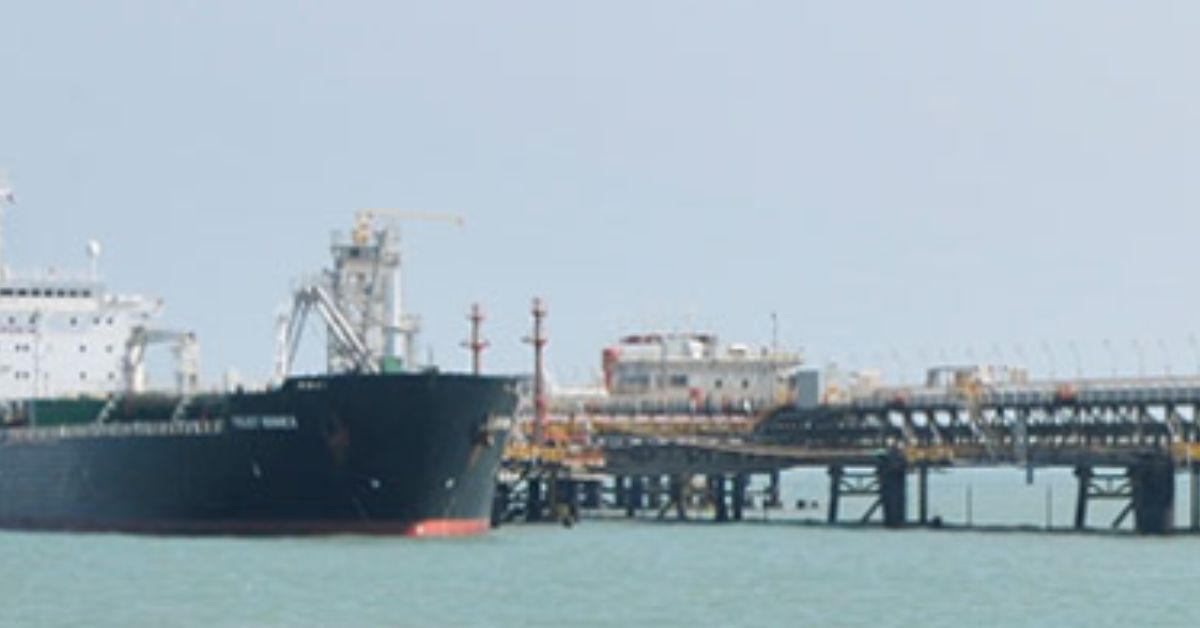Gujarat, with its vast 1,600 km of coastline, has emerged as a major force behind India’s industrial and commerce expansion because of its advanced infrastructure and progressive policies.
The state is an important center for commercial activity since it has 49 active ports, including the principal Deendayal Port and 48 minor ports under the control of the Gujarat Maritime Board (GMB), which handle about 41% of India’s maritime freight.
Gujarat has turned its coastline into a doorway to prosperity over the past 20 years, generating significant job and economic prospects through port development, Indian Prime Minister Narendra Modi said. His plan, which he started while serving as Gujarat’s chief minister, called for modernizing the state’s ports and growing smaller ones in order to make Gujarat a major hub for international trade.
Mundra Port, the biggest private port in India and a major force behind the expansion of exports from industries like petrochemicals, textiles, cars, and agriculture, is a prime example of this change. Due to its success, the local economy has grown, and substantial investment has been drawn.
Since places like Porbandar, Bhavnagar, Surat, and Valsad have been designated for additional port-led development, the expansion of lesser ports is also boosting local industry. These regions have a lot of promise for long-term industrial expansion because of their advantageous position and ease of access to highways and railroads.
Minor ports’ continuous expansion is improving local traders’ efficiency and making it easier for them to access imported commodities like coal.
Gujarat will remain a leader in India’s blue economy thanks to its ports, which will also increase tourism, industrial linkages, and access for quicker cargo transit.








